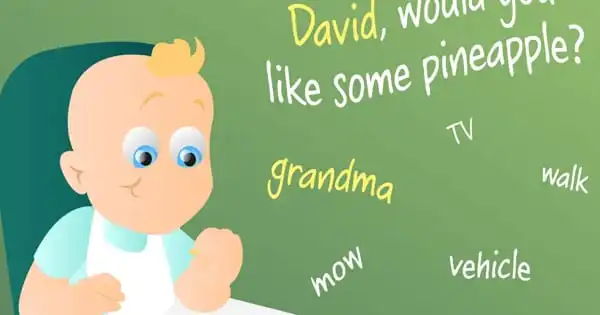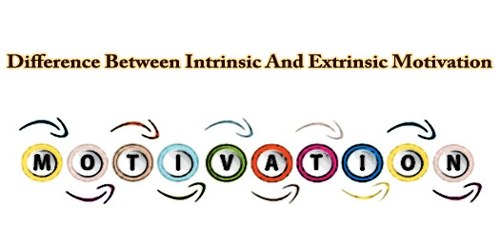New research identifies how young toddlers quickly absorb language, offering up new avenues for machine learning. Small children learn to speak at a much faster rate than teenagers or adults. One reason for this learning advantage stems not from differences between children and adults, but rather from differences in how people communicate with children and adults.
For the first time, a group of academics devised a method to test how parents use what they know about their children’s language when speaking to them. They discovered that parents have incredibly detailed models of their children’s linguistic expertise, which they use to fine-tune the language they use while speaking to them. The results are available in an advance online publication of the journal of Psychological Science.
“We’ve known for years that parents talk to their children differently than they do to other adults in a variety of ways, such as simplifying their speech, reduplicating words, and stretching out vowel sounds,” said Daniel Yurovsky, assistant professor of psychology at Carnegie Mellon University. “This stuff helps early kids get a foothold in language, but we don’t know if parents adjust the way they communicate as their children acquire language, giving children language input that is ‘just right’ for learning the next thing.”
Adults tend to speak more slowly and at a higher tone to children. They also employ more exaggerated enunciation, repetition, and a more simplistic language structure. Adults sometimes intersperse their conversations with questions in order to assess the child’s comprehension. As a child’s language competence grows, so does the sentence structure and complexity employed by adults.
Yurovsky compares this to the steps a student takes when learning math in school.
Parents have an exceptionally exact grasp of their child’s language because they have seen them develop and learn,” Yurovsky explained. “These findings demonstrate that parents use their understanding of their children’s language development to fine-tune the linguistic information they supply.
Daniel Yurovsky
“When you go to school, you start with algebra, then plane geometry, and eventually calculus,” Yurovsky explained. “People talk to children in the same way without thinking about it. They are keeping track of how much their child knows about language and altering their speech so that children can understand them.”
Yurovsky and his colleagues wanted to know how caregivers tailor their interactions to their child’s speech development. The team created a game in which parents assisted their children in selecting a specific animal from a set of three, a game that toddlers (ages 15 to 23 months) and their parents play on a regular basis. Half of the animals in the matching game were animals that toddlers generally learn before the age of two (e.g., cat, cow), while the other half were creatures that children typically learn later in life (e.g., dog) (e.g. peacock, leopard).
The researchers requested 41 child-adult pairs to play the game in the laboratory in a naturalistic setting. They compared how parents talked about animals they felt their children knew against those they thought their children didn’t know.

“Parents have an exceptionally exact grasp of their child’s language because they have seen them develop and learn,” Yurovsky explained. “These findings demonstrate that parents use their understanding of their children’s language development to fine-tune the linguistic information they supply.”
The caregiver employed a number of approaches to convey the ‘unknown’ animal to the kid, according to the study. The most typical technique was to incorporate additional adjectives that the youngster was already familiar with.
“This [research] technique allows us to confirm experimentally theories that we established based on observations of how children and parents interact at home,” Yurovsky explained. “We discovered that parents not only used what they previously knew about their children’s linguistic skills prior to the study, but that if they discovered they were wrong — for example, their child didn’t actually know ‘leopard’ — they modified the way they talked about that animal the next time.”
The experiment included 36 trials in which each animal featured as a target at least twice in the game. The participants had a racial makeup similar to that of the United States (56 percent white, 27 percent Black and 8 percent Hispanic).
The findings reflect a western parenting philosophy, as well as caregivers with a better educational background than is typical for the country. The researchers did not assess the children’s knowledge of each animal independently. The findings of this study are inconclusive as to whether the youngsters learned any new species while playing the game.
Yurovsky feels the findings may be of interest to scholars working in the field of machine learning. “These findings could improve us in understanding how to think about machine learning language systems,” he said. “We now train language models by providing them with as much linguistic data as we can get our hands on all at once. But we could do better if we could offer them the correct info at the right moment, while keeping it at the proper level of complexity for them.”
















